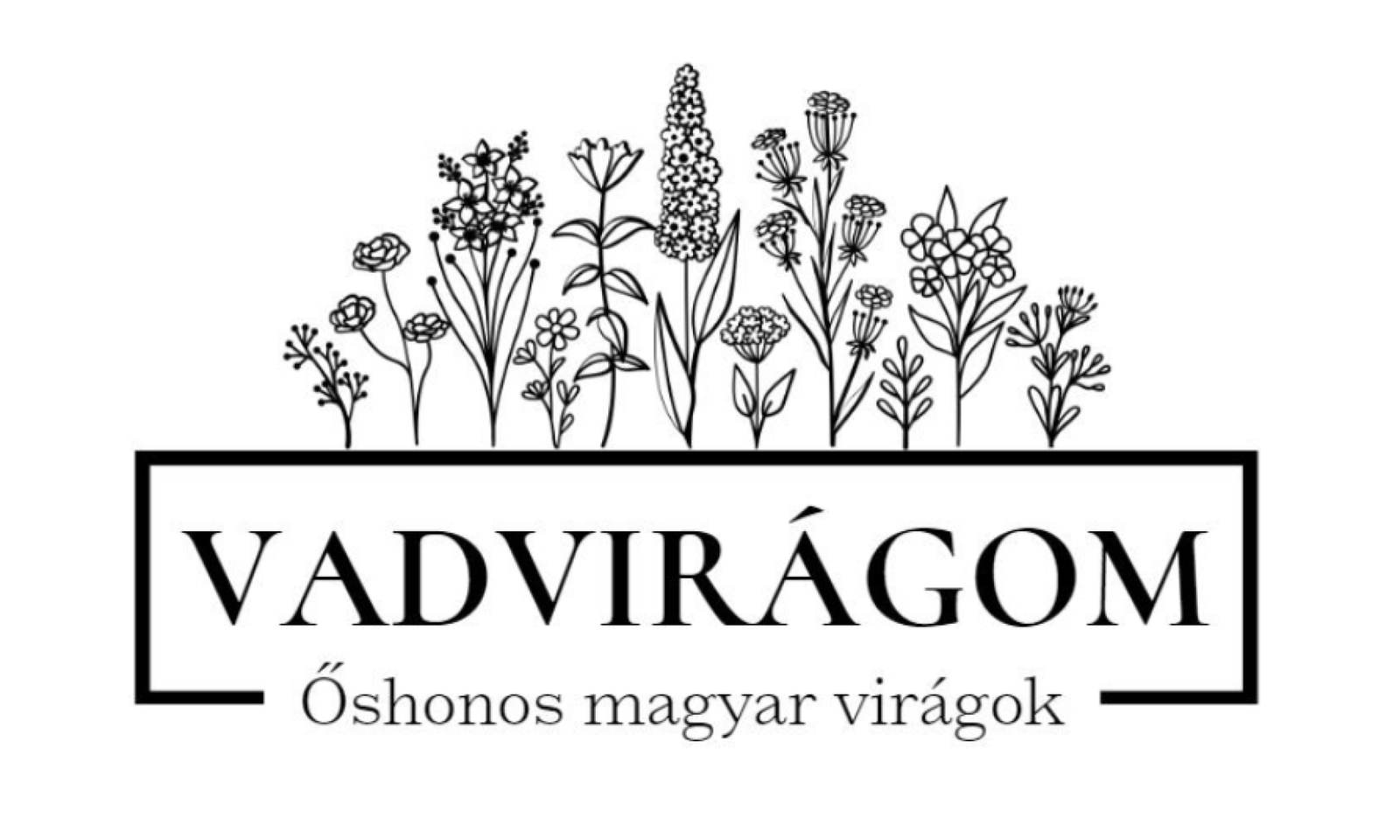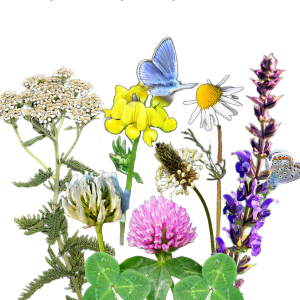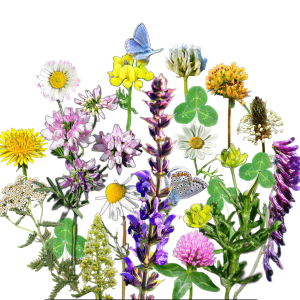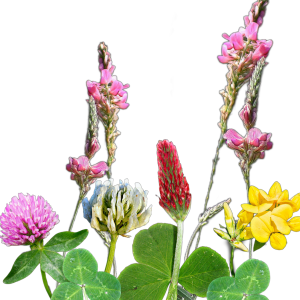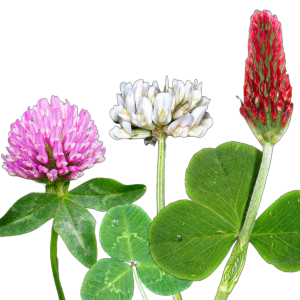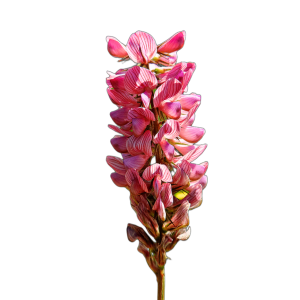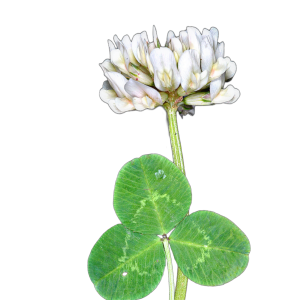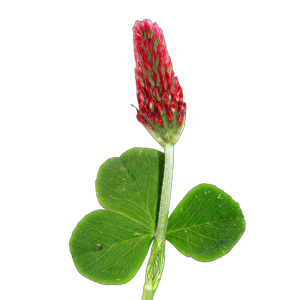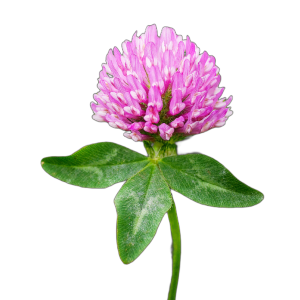-
-
Select options
There are several variations of this product. The variants can be selected on the product page
- Add to wishlistAdd to wishlist
- can be sown in grass, seed mix, beekeeping, native grassland, native
FRUITFUL FURRY seed mix
- 2.500 Ft - 7.500 Ft
- Want a beautiful, colourful and thriving lawn? With a mixture of 7 native wildflowers, the Flowering Native Lawn is guaranteed to be a hit with pollinators: the catkin, sage and hornwort are very popular with butterflies, while the white testicle provides food for short-tongued pollinators such as the house bee and the red testicle for long-tongued bees, including bumblebees. Like all butterfly...
Add to wishlistAdd to wishlist -
Select options
There are several variations of this product. The variants can be selected on the product page
-
-
Select options
There are several variations of this product. The variants can be selected on the product page
- Add to wishlistAdd to wishlist
- can be sown in grass, seed mix, beekeeping, native grassland, native
FERTILIZED FERTILIZED EXTRA seed mix
- 3.500 Ft - 10.000 Ft
- Want a beautiful, colourful and thriving lawn? After the highly successful Flowering Ancestral Grass with 7 native wildflower species, its bigger brother, the Flowering Ancestral Grass Extra Seed Mix with 15 species of native Hungarian seeds, is now available. This is a guaranteed success with pollinators: catkin, sage, spotted knapweed, rabbit's foot, hairy vetch and hornwort are very popular with butterflies,...
Add to wishlistAdd to wishlist -
Select options
There are several variations of this product. The variants can be selected on the product page
-
-
Select options
There are several variations of this product. The variants can be selected on the product page
- Add to wishlistAdd to wishlist
- can be sown between grass, seed mix, green manure
NITRO seed mix
- 1.750 Ft
- Want to improve soil quality naturally while benefiting pollinators? That's exactly what our 5-species green manure seed mix is for! Each species enriches the soil with nitrogen, increasing future yields. Forget fertilizers and use an ecologically sustainable solution while supporting pollinators. Characteristics: life cycle: annual, perennial flowering time: may-october size: 10-60 cm soil: dry, average growing conditions: sunny pollination factor: 9/10...
Add to wishlistAdd to wishlist -
Select options
There are several variations of this product. The variants can be selected on the product page
-
-
Select options
There are several variations of this product. The variants can be selected on the product page
- Add to wishlistAdd to wishlist
- may be sown in grass, seed mix, permanent grassland
TRIUMVIRÁGUS seed mix
- 1.750 Ft - 2.500 Ft
- Want a beautiful, colourful and thriving lawn? With this mix, success is guaranteed, even for pollinators: white clover feeds short-tongued pollinators such as house bees, while red clover and purple clover feed long-tongued pollinators such as bumblebees. Like all butterfly plants, testes fix nitrogen from the air and enrich the soil with it. This...
Add to wishlistAdd to wishlist -
Select options
There are several variations of this product. The variants can be selected on the product page
-
-
Add to basket
- Add to wishlistAdd to wishlist
- 10/10 pollinator factor, perennial, butterfly favourite, beekeeper, nitrogen bomb, native grassland, native
Hornwort (Lotus corniculatus) 10g, ~8300 seeds
- 875 Ft
- seeds origin: Austria 1 package contains 10 g, about 8300 seeds. For sowing suggestions and more details, scroll down.
Add to wishlistAdd to wishlist -
Add to basket
-
-
Add to basket
- Add to wishlistAdd to wishlist
- 10/10 pollinator factor, perennial, butterfly favourite, bee-feeder, nitrogen bomb
Baltacim (Onobrychis viciifolia) 15g, ~750 mag
- 875 Ft
- The buttercup (Onobrychis viciifolia) is a fantastically versatile and useful plant that should be in our gardens for many reasons. It's a good fodder plant, mainly known for this, but it also produces lots of nectar and is a magnet for bees and butterflies. It is a food plant for many butterfly species, along with its cousin, the sand moth. It can also be a useful part of the garden because of its nitrogen-fixing...
Add to wishlistAdd to wishlist -
Add to basket
-
-
Add to basket
- Add to wishlistAdd to wishlist
- perennial, may be sown in grass, herb, beekeeper, nitrogen bomb, native grassland, native
Rabbit's foot (Anthyllis vulneraria) 2g, ~660 seeds
- 875 Ft
- Rabbit's foot (Anthyllis vulneraria) is a well-known herb that has been used to treat wounds externally for its astringent properties. It is also a butterfly plant, so it fixes nitrogen from the air. It can also work when sown in grass: it can be a super component of pollinator-friendly lawns. Properties: other names: wonder clover, clover, cat's claw, rabbit's clover, wound clover, sapuka Latin name: Anthyllis vulneraria family: Fabaceae life: perennial flowering time: may-july size: 15-20 cm soil: average, dry...
Add to wishlistAdd to wishlist -
Add to basket
-
-
Add to basket
- Add to wishlistAdd to wishlist
- annual, butterfly favourite, beekeeper, nitrogen bomb, native, green manure
Common vetch (Vicia villosa) 5g, ~160 seeds
- 875 Ft
- Our useful, nitrogen-fixing native plant is the hairy vetch (Vicia villosa). It is officially annual but often overwinters. Its abundant flowers provide pollinators with lots of nectar, and butterflies love it. It forms a large green mass and can overwhelm surrounding plants, so choose its location carefully. Characteristics: other names: vetch Latin name: Vicia villosa family: Fabaceae life span: annual (overwintering) flowering time: june-august size: 20-80 cm...
Add to wishlistAdd to wishlist -
Add to basket
-
-
Add to basket
- Add to wishlistAdd to wishlist
- perennial, can be sown in grass, beekeeping, nitrogen bomb, native grassland, native, green manure
Coronella varia (Securigera/Coronilla varia) 5g, ~1500 seeds
- 875 Ft
- The variegated coronilla (Securigera/Coronilla varia) is a useful nitrogen-fixing native perennial and a valuable bee-feeder due to its long flowering period. It is slow-growing at first, then spreads with creeping stems. Mildly toxic, do not put in bean soup :) Properties: other names: coronet Latin name: Securigera varia / Coronaria varia family: Fabaceae life: perennial flowering time: May-November size: 20-40 cm soil: average growing place: sunny, semi-shade other: nitrogen fixing, slightly toxic...
Add to wishlistAdd to wishlist -
Add to basket
-
-
Add to basket
- Add to wishlistAdd to wishlist
- edible, perennial, herb, beekeeper, nitrogen bomb, native, nativegrassland
White testis (Trifolium repens) 10g, ~15000 seeds
- 875 Ft
- Would you like to be crouched down and scanning the land for four-leaf clovers? Maybe not the best advertising slogan, but it's certainly one of the uses of white testicles :) If not for that reason, you might want to plant white testicle (Trifolium repens) for its nitrogen-fixing or nectar-producing properties. The nectar of white testis is mainly preferred by honey bees and short-tongued bees, while bumble bees and other long-tongued bees...
Add to wishlistAdd to wishlist -
Add to basket
-
-
Add to basket
- Add to wishlistAdd to wishlist
- annual, biennial, beekeeping, nitrogen bomb, permanent grassland
Purple clover (Trifolium incarnatum) 10g, ~2650 seeds
- 875 Ft
- Purple clover (Trifolium incarnatum) is a very attractive testicle species of European origin. Its large crimson flowers can be very spectacular, even as part of a lawn border. It is a very good honey plant and, like red clover, is mainly visited by bumblebees and other longer-tongued bees. Purple loosestrife is an annual species, flowering in the same year if sown in early spring, but can also be sown from mid-summer to autumn, when it is expected to flower the following year. Characteristics: latin...
Add to wishlistAdd to wishlist -
Add to basket
-
-
Add to basket
- Add to wishlistAdd to wishlist
- edible, perennial, herb, beekeeper, nitrogen bomb, native, nativegrassland
Red here (Trifolium pratense) 10g, ~6500 seeds
- 875 Ft
- Red testicle (Trifolium pratense) is a coloured version of white testicle. The nectar in its flowers is deeper than in the white testicle, so it is mainly visited by long-tongued bees, such as bumblebees. But it often produces so much nectar that even shorter-tongued bees such as honeybees can reach it. All bee species collect pollen from it. It can be a great colourful addition to your lawn! It is also used as a medicinal plant. Properties: latin...
Add to wishlistAdd to wishlist -
Add to basket
